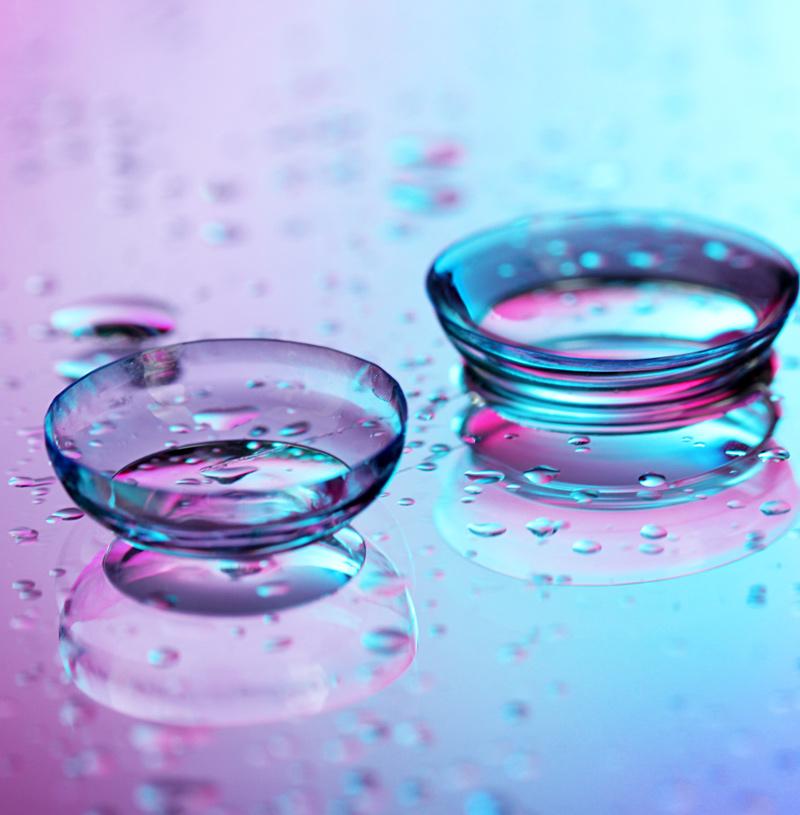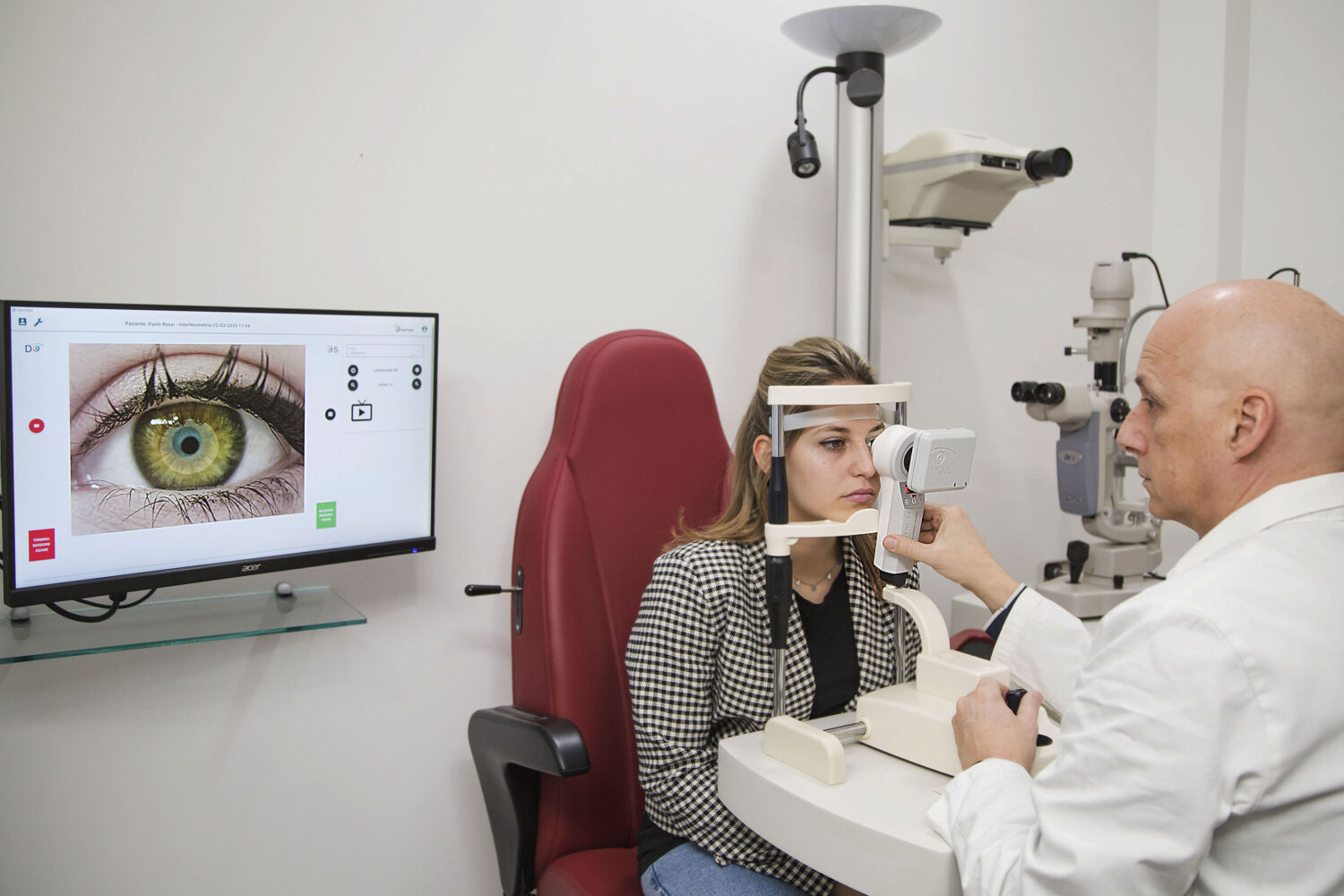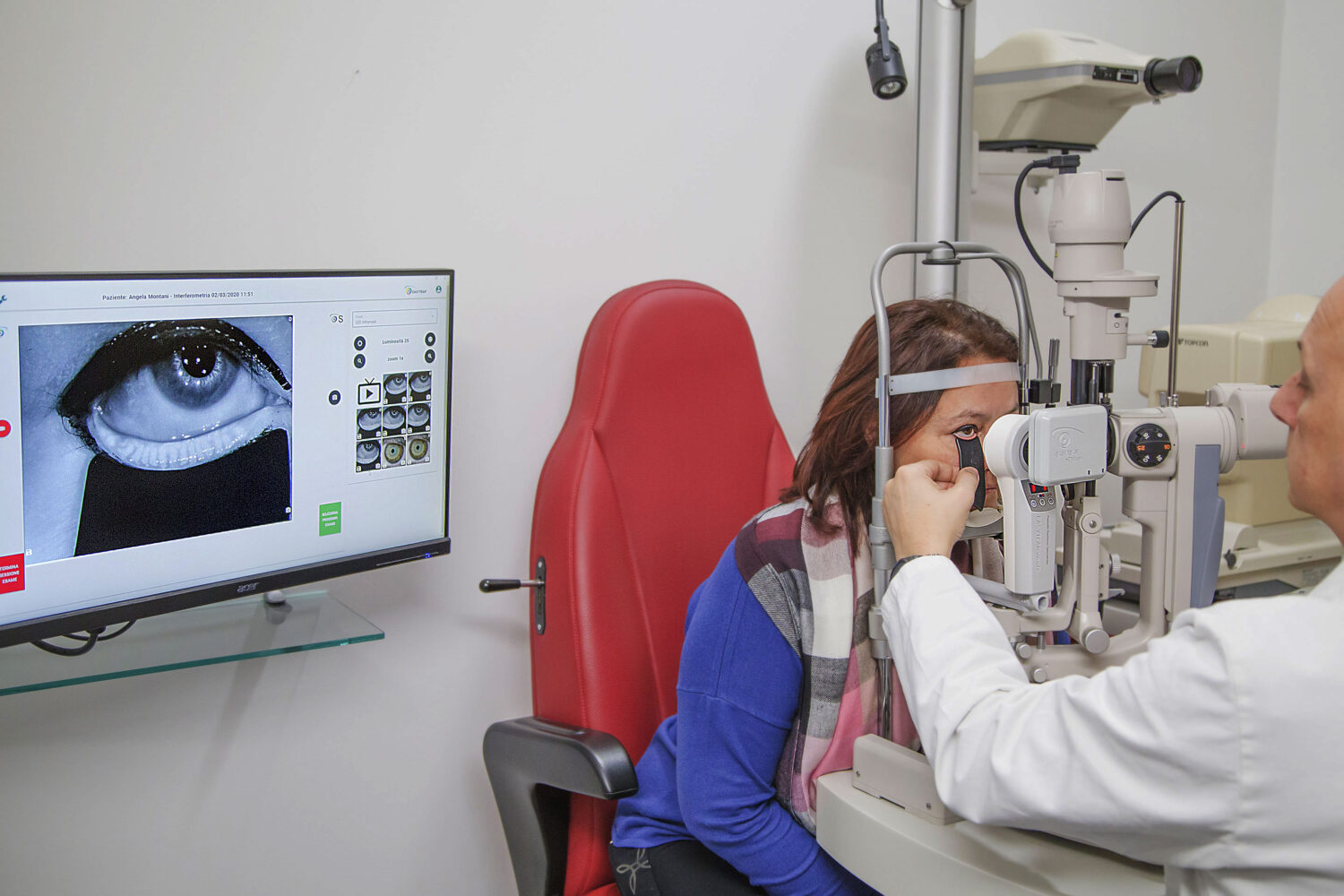The ALL in ONE system comprising HDWcam and VIEW+ is very compact and practical thanks to the use of rechargeable batteries. The combination of the two devices with a specific interlock offers easy and practical use of the ALL in ONE system even with one hand.
EasyTear® HDWcam and Tear Film analyzer software
ALL IN ONE THE PROFESSIONAL SYSTEM FOR DIAGNOSIS OF DRY EYE
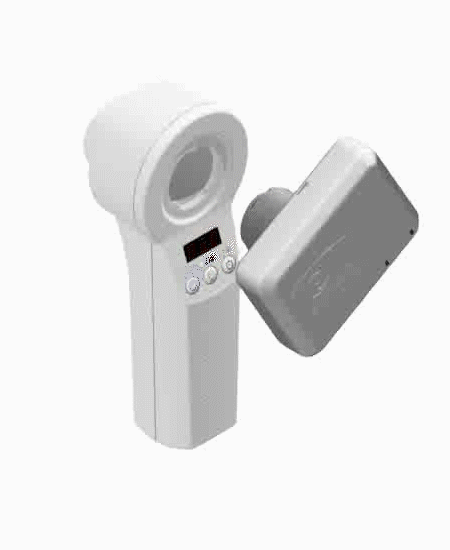
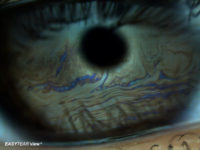
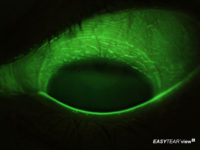
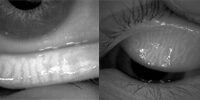
With HDWcam, real time video becomes a fundamental tool for contact-lens practice, revealing the movement of contact-lenses, the distribution of tear film below the lens, and the dehydration of the external face of the contact-lens. It is also possible to assess the tear film break-up time (BUT), making it possible to quantify tear stability and quality.
The new FHD Wi-Fi HDWcam digital video camera was developed specifically for the VIEW+ dacryoscope and allows you to take high-resolution photos and videos and view them live on the PC monitor transmitted via Wi-Fi. The special CMOS sensor of the HDWcam camera can be used with all three LED wavelengths of the EasyTear® VIEW + instrument.
Main applications and diagnosis exam for dry eye syndrome performed by EASYTEAR® ALL in ONE
- Movement and stability of the tear film
- Evaluation of interference fringes and thickness of the lipid layer in the tear film (LLT)
- Quality and stability of the tear film
- Observe the tear meniscus to establish tear volume (MTH)
- Use fluorescein to observe conjunctival or corneal staining and evaluate the application of contact lenses
- Use the grids to evaluate the regularity of the corneal surface
- Non-invasive evaluation of tear film rupture (NIBUT)
- Evaluation of the tear film break time (BUT)
- In vivo observation of dehydration of the pre-contact lens film directly on the eye (NIDUT)
- The integrity of the meibomian glands (MGD)
- Assessment of the presence of eyelash mites (Demodex)
- Correlations with lacrimal pathologies (Sjögren syndrome)
In addition, the HDWcam device is a fundamental and essential tool for the clinical practice of contact lenses. The real-time video reveals the movement, the distribution of the tear film under the lens, the dehydration of the external surface of the contact lens (NIDUT) and many other tests. The yellow filter incorporated in the HDWcam together with the blue LEDs of VIEW + and fluorescein allows you to perform the BUT test, observe the pain of the tissues of the anterior segment and evaluate the application of all types of contact lenses.
The EASYTEAR® ALL in ONE system helps reduce the drop-out of contact lenses.
The design, size and ease of use thanks to rechargeable batteries in addition to Wi-Fi, are key features that make the new HDWcam device the best device in its category for practicality. In addition, the HDWcam Wi-Fi digital video camera is a very useful solution for home visits.
Through Tear Film analyzer software installed in your PC you can control the functions of HDWcam for take photos or video and transmitted over local Wi-Fi to your PC for images live viewing on the monitor. (pedal for taking pictures is included)
It is important the Wi-Fi high signal strength in the area where the HDWcam device is used. To improve the Wi-Fi signal, we recommend a Access Point (optional accessory) can be installed in order to not images lag on your PC monitor. The range extender is ready for use, programmed to create a “EasyTear-Network” private network.
HDWcam Specifications
| Image Resolution | 5 Mpixel – FHD 1920×1080 |
| CMOS | Colors e Infrared |
| Acquisition mode | Photo, video |
| Focus | Manual focus |
| ISO management | Automatic |
| Supply | 5V 2A with cable Micro USB |
| Wireless | 802.11 b/g/n |
| Connectivity | Bluetooth 4.1 |
It is important the Wi-Fi high signal strength in the area where the HDWcam device is used. To improve the Wi-Fi signal, we recommend installing our Access Point (optional accessory) in order not to delay the images on the PC monitor. This device is ready for use, programmed to create a “Easytear – Wireless” private network.
Accessories supplied with the HDWcam digital camera
– Palette to facilitate eyelid eversion
– Foot pedal for taking pictures
– Power supply
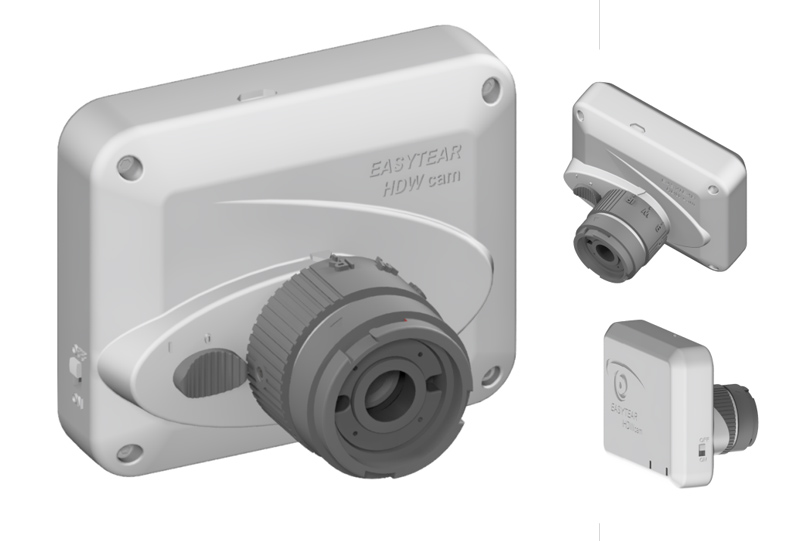
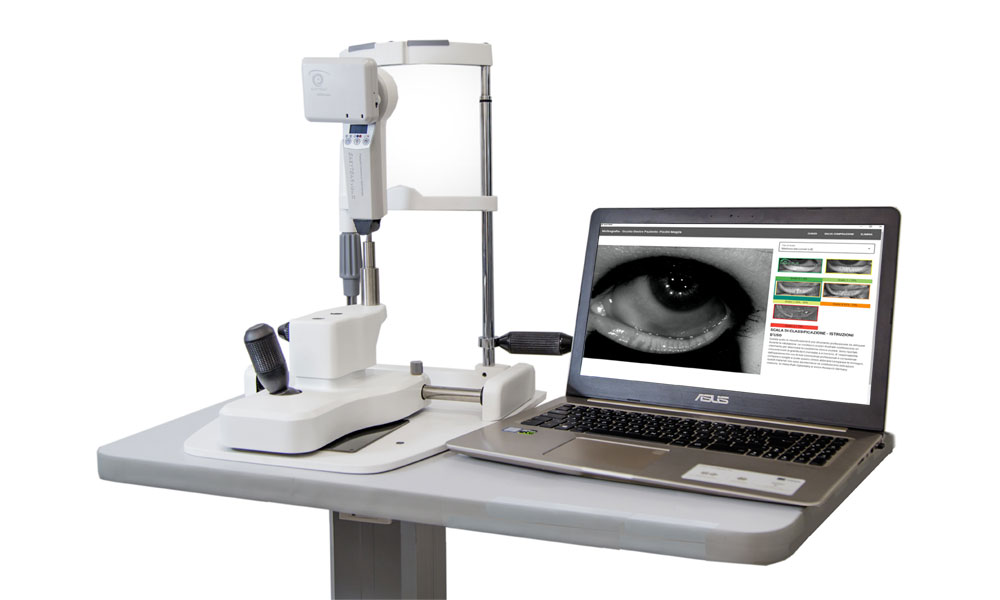
TEAR FILM analyzer software
The Tear Film analyzer software, included with the Wi-Fi HDWcam device, is intuitive to use and provides quick detailed examinations. Its functions include database, dry eye screening examination sequence, automatic settings according to examination type, and consultation history. The operator is given an easy comparison with the comparative images of the scales of international classifications and the possibility of easy follow-up. Finally, the printing function of TEAR FILM REPORT with the diagnosis and category of the type of dry eye.
The Eye Care Professional with the printing of Tear Film Report may prescribe tear supplements or eye drops more targeted, the best contact lens to avoid discomfort and drop-out, prescribe oral intake of dry eye supplements, advise cycles of eyelid hygiene around the eye with gauzes and use heated eye masks and prescribe cycles of treatments with pulsed light (IPL).
NB: The Tear Film (TF) analyzer software can be installed on your PC. (see minimum requirements below)
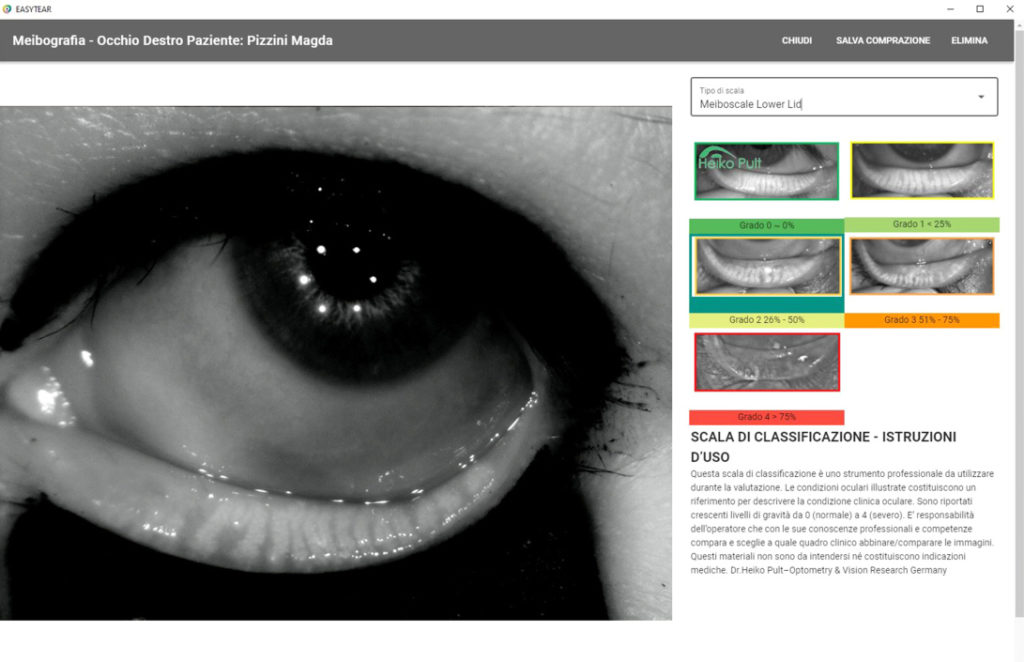
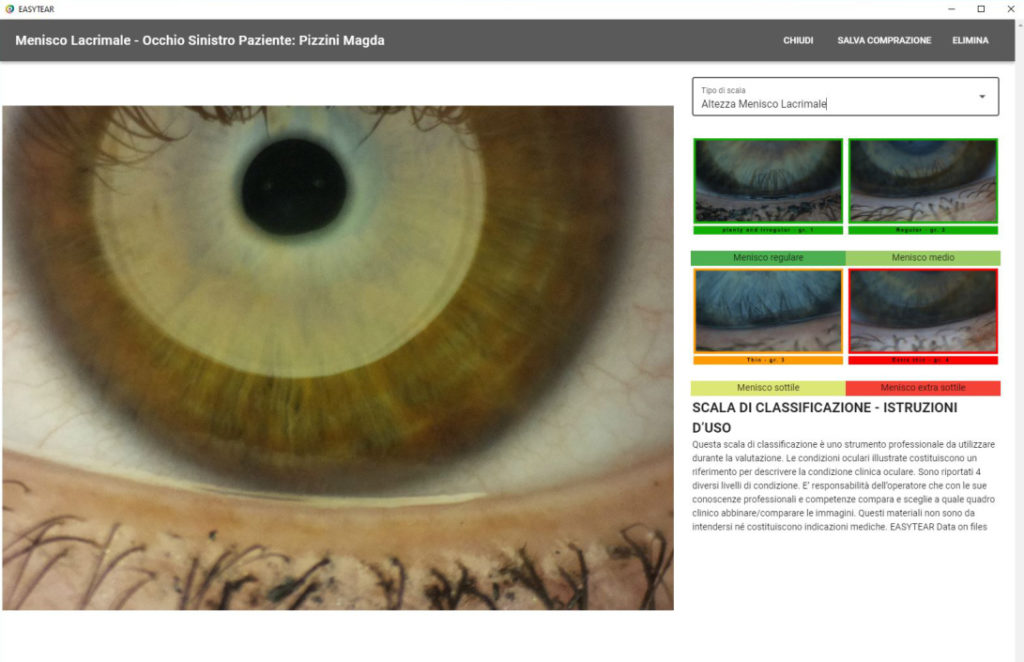
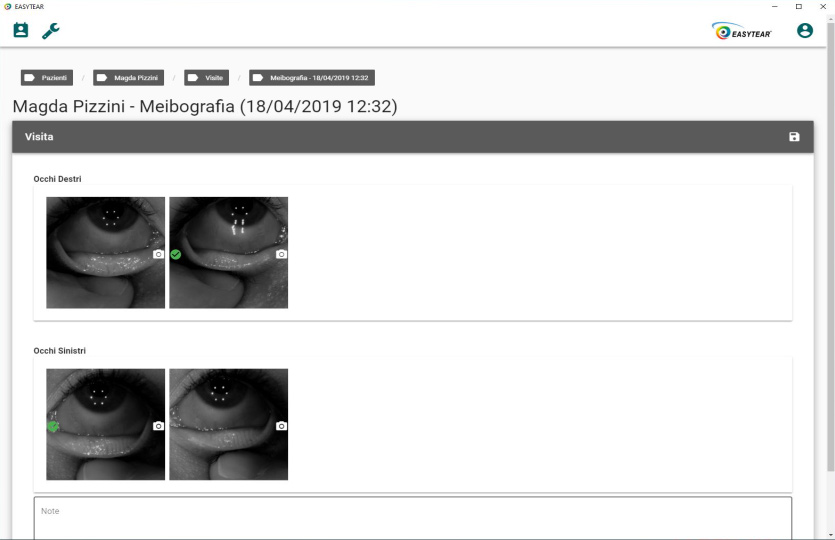
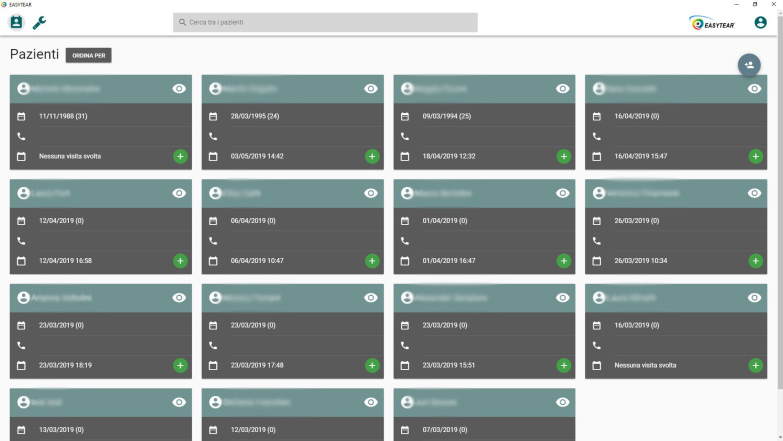
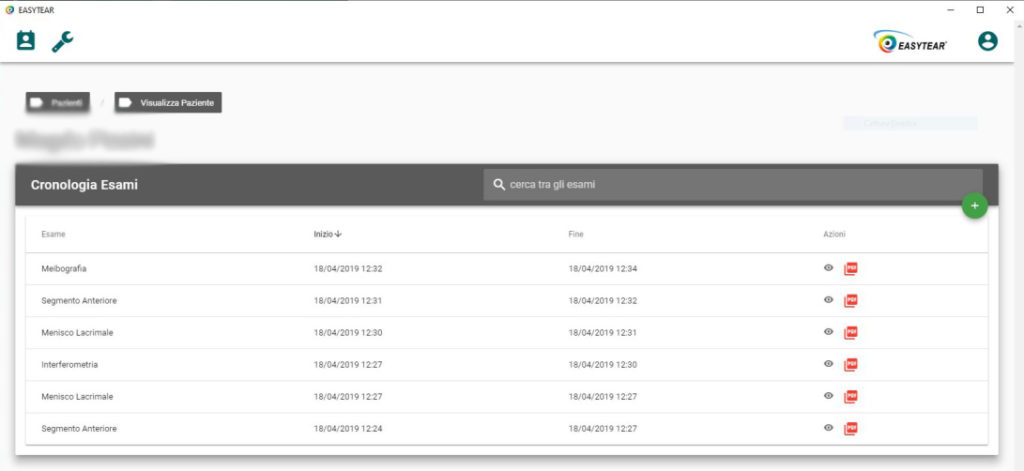
COMPLETE DRY EYE REPORT (to PRINT OR to SAVE)
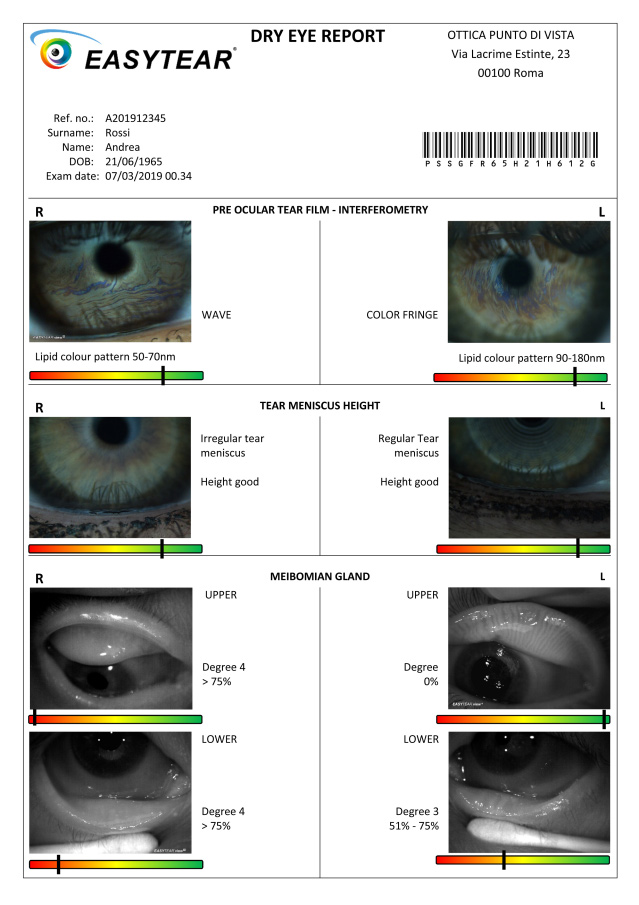
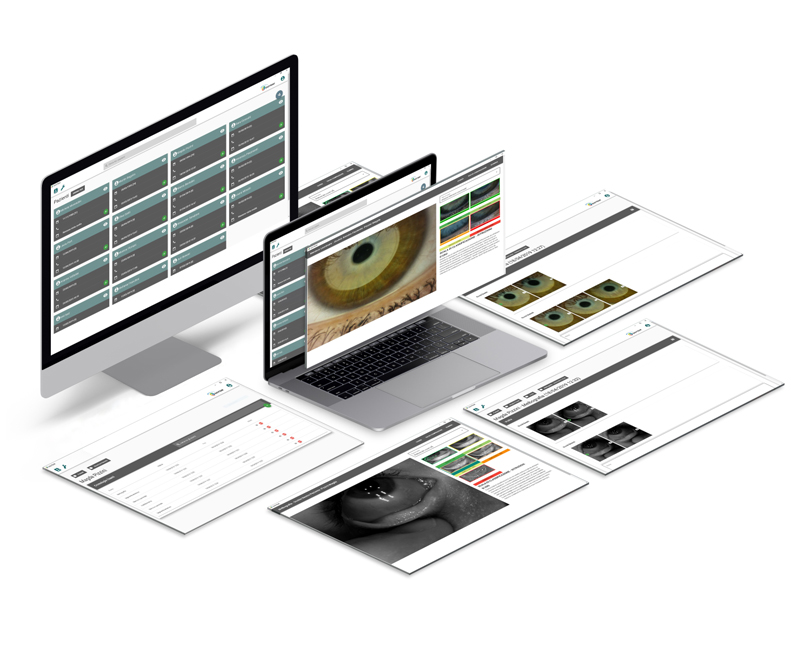
HARDWARE REQUIREMENTS
(minimum for Tear Film analyzer software)
| Intel® Pentium® Core™ i5 3.00 Ghz |
| SSD Hard drive |
| 4 GB RAM |
| Screen Resolution recommended 1920×1080 |
| 2 USB ports |
| Microsoft® Windows® 8, 10 (64 bit) |
Operation of the ALL in ONE system and Tear Film Analyzer Software
WHITE LEDS
The VIEW+ dacryoscope incorporates a series of white LEDs that combine with a special diffuser to generate wide corneal reflection for in vivo observation of the variable condition of the tear film and the anterior segment of the eye.
Lipid layer analysis
Definition of evaporative dry eye (EDE)
Observing the phenomenon of interference fringes enables calculation of the thickness of the lipid layer secreted by the Meibomian glands, quickly and precisely classifying it into 5 different categories (LLT). The non-invasive break-up time (NIBUT) can be assessed, with non-invasive in vivo observation of pre contact-lens film dry-up time directly on the eye (NIDUT). Quick and very easy image or video acquisition with HDWcam enables the operator to classify and quantify each individual condition according to international grading scales.
Tear meniscus
Definition of aqueous component deficiency (ADDE) The aqueous layer on the tear meniscus is assessed, categorizing the possible associated problems into different species/classes/groups. The acquisition of multiple images enables direct noninvasive assessment of the aqueous tear content without reflex tearing.
Grids
The VIEW+ dacryoscope is supplied with a kit of 6 grids of different graphic designs to better highlight the drying of tears on the eye (NIBUT), pre contact-lens dehydration (NIDUT), and regularity of the corneal surface.
BLUE LEDS
The blue LEDs of the VIEW+ dacryoscope provide a wide zone of illumination over the entire anterior segment of the eye.
Fluorimetry
The VIEW+ dacryoscope incorporates six blue LEDs that, with fluorescein, enable a detailed analysis of the mucin layer and observation of conjunctival or corneal staining. With HDWcam, real time video becomes a fundamental tool for contact-lens opticians, revealing the movement of contact-lenses, the distribution of tear film below the lens, and the dehydration of the external face of the contact-lens. It is also possible to assess the tear film break-up time (BUT), making it possible to quantify tear stability and quality.
The TEAR FILM analyzer software offers comparison of the observed conditions against an assessment scale.
INFRARED LEDS
Meibography
Thanks to the infrared illumination of VIEW+, the upper and lower eyelid Meibomian glands can be captured by HDWcam and analyzed by the TEAR FILM analyzer software. The tarsal conjunctiva is the palpebral sector observed in order to best assess dysfunction of the Meibomian glands (MGD). This condition can cause or exacerbate dry eye symptoms and eyelid inflammation. The glands become blocked with solid secretions and if chronically clogged they ultimately become incapable of secreting lipids, inducing permanent changes in the tear film. With the ALL in ONE system, the Meibomian glands can easily be observed and compared with previous examinations of the patient/user to quantify the patients loss or their drop out (MGD). A practical MGD lever to facilitate eyelid eversion is provided as an accessory with the HDWcam device. The TEAR FILM analyzer software allows comparison of the glands against a reference assessment scale.
EASYTEAR® ALL in ONE – HELP TO REDUCE CONTACT LENS DROPOUT
The success of using contact-lenses depends on the comfort of the wearer, which in turn is closely linked to the function of the tear film. The identification and treatment of eyes with tear issues in contact-lens users, both new and established, is fundamental for successful implementation. In line with the specifications of TFOS DEWS, the ALL in ONE system by EasyTear® enables assessment of tear alterations with analysis of the lipid interference fringes, the tear meniscus, and the Meibomian glands. The contactlens specialist can use the collected information to choose the most appropriate polymer for the contact-lenses to best customize and satisfy individual customers. Furthermore, in routine checks on contact-lens users it is possible to use tear observations for early intervention in order to reduce drop-outs and sustain use of contact-lenses in complete safety.
